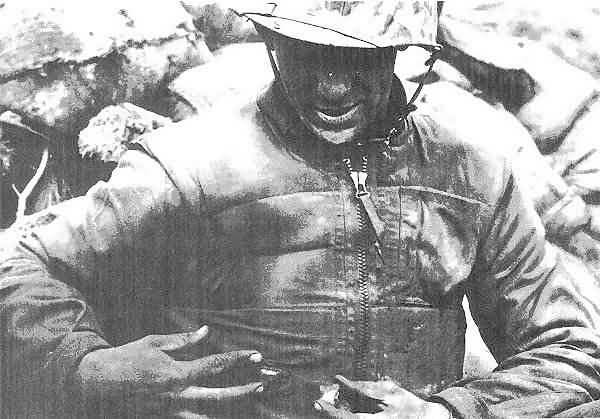Once armored vests, or "flak-jackets," were introduced to UN forces in early 1952, they became the most important piece of equipment an infantryman had, next to his weapons.
"Flak" derives from a German Antiaircraft gun, "Flugabwehrkanone". The Marine vest was sleeveless, had nylon padding around the upper chest and shoulders, and plates of Fiberglass bonded with resin that covered the lower chest, back, and abdomen. The Army vest used layers of basket-weave nylon.
Neither vest could stop a rifle bullet at close range, but both could reduce casualties by mortar and artillery fire and hand grenade fragments. In addition, the pistol ammunition used by CCF burp guns could also frequently be stopped. An Army report concluded that the vests reduced chest, back, and abdomen wounds by up to 70 percent.


